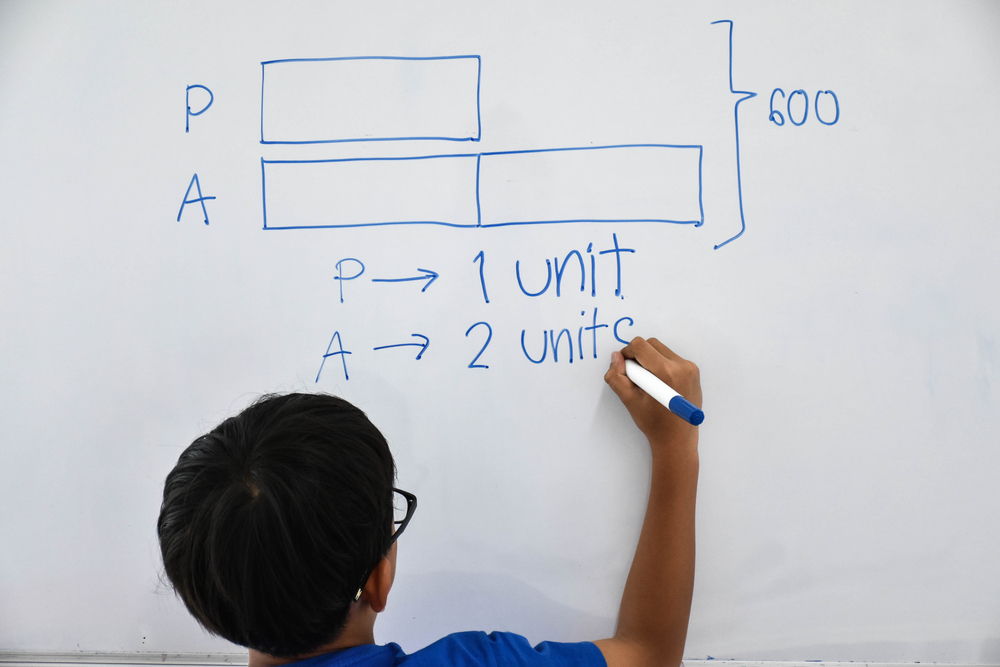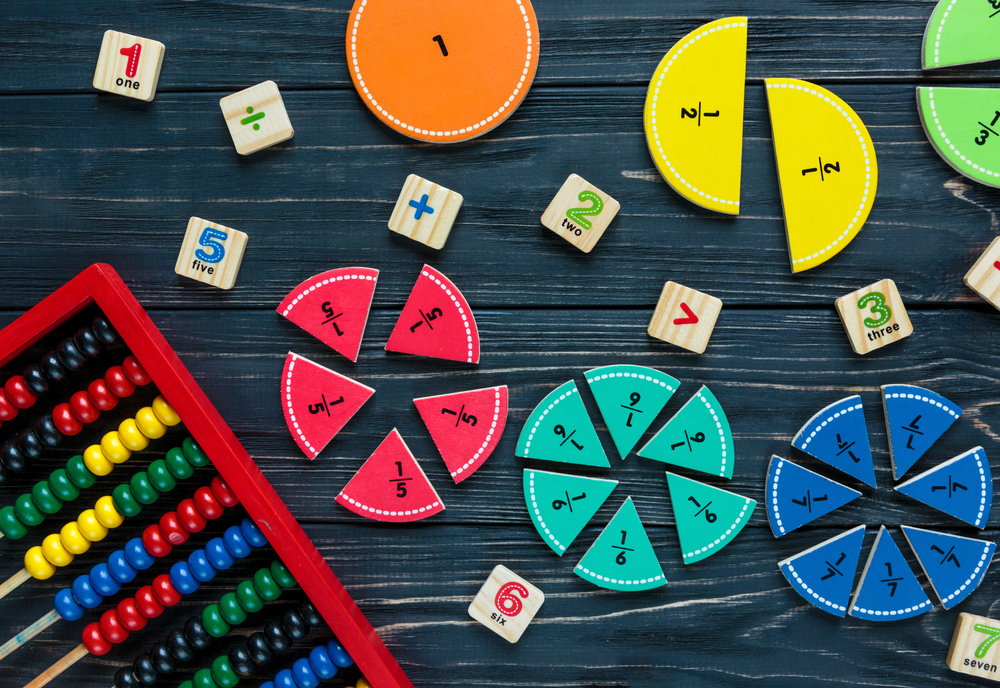Reading analog clocks Math Worksheets for Ages 3-7
8 filtered results
-
From - To
Unlock the fun of telling time with our engaging "Reading Analog Clocks" math worksheets designed for children aged 3-7! Each worksheet combines colorful illustrations and age-appropriate activities to make learning to read analog clocks both enjoyable and educational. Your little one will practice recognizing hours, minutes, and confidently telling time while enhancing their math skills. Perfect for young learners in preschool, kindergarten, and early grades, these worksheets provide a hands-on approach to understanding time. Let our expertly crafted resources transform your child’s learning experience into an exciting adventure with clocks!
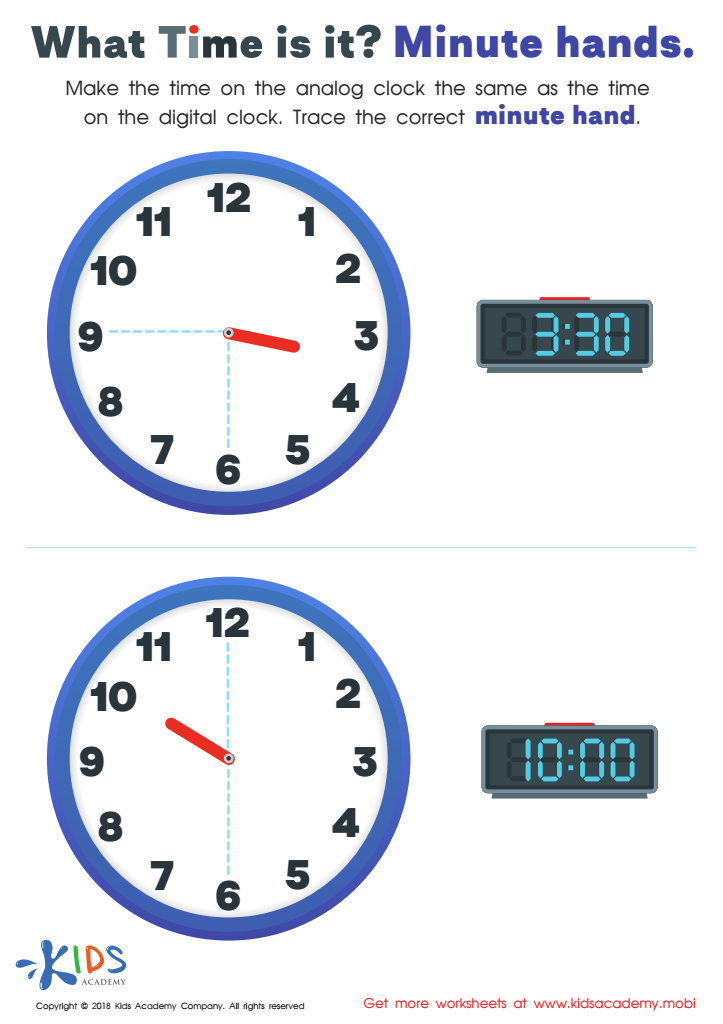

What Time Is it? Minute Hands Worksheet
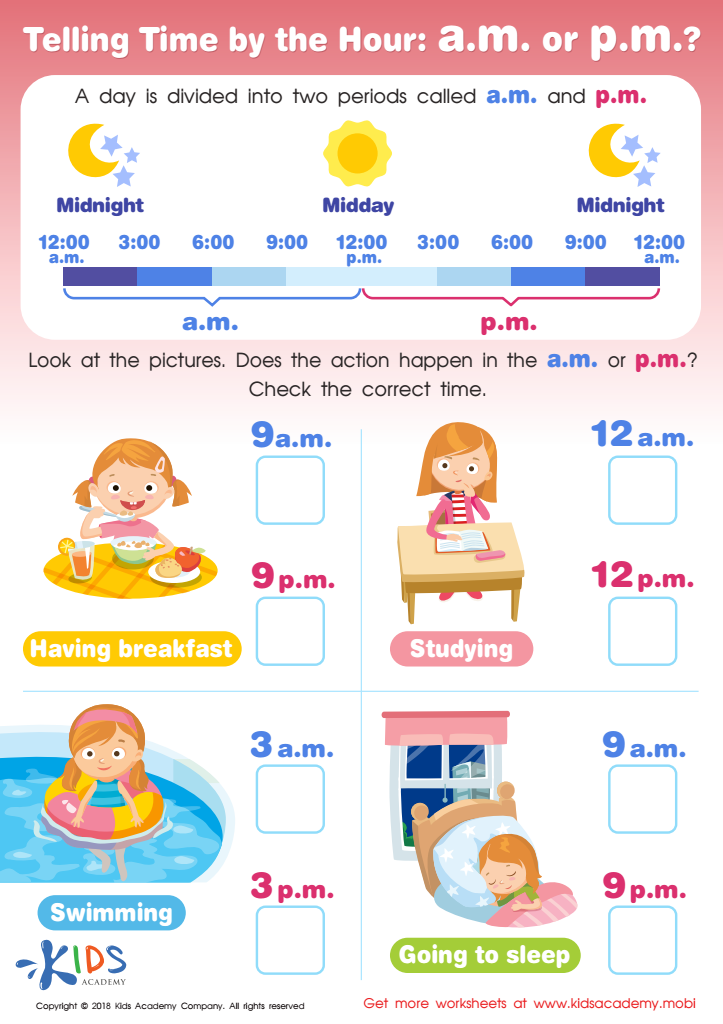

Tilling Time by the Hour: a.m. or p.m.? Worksheet
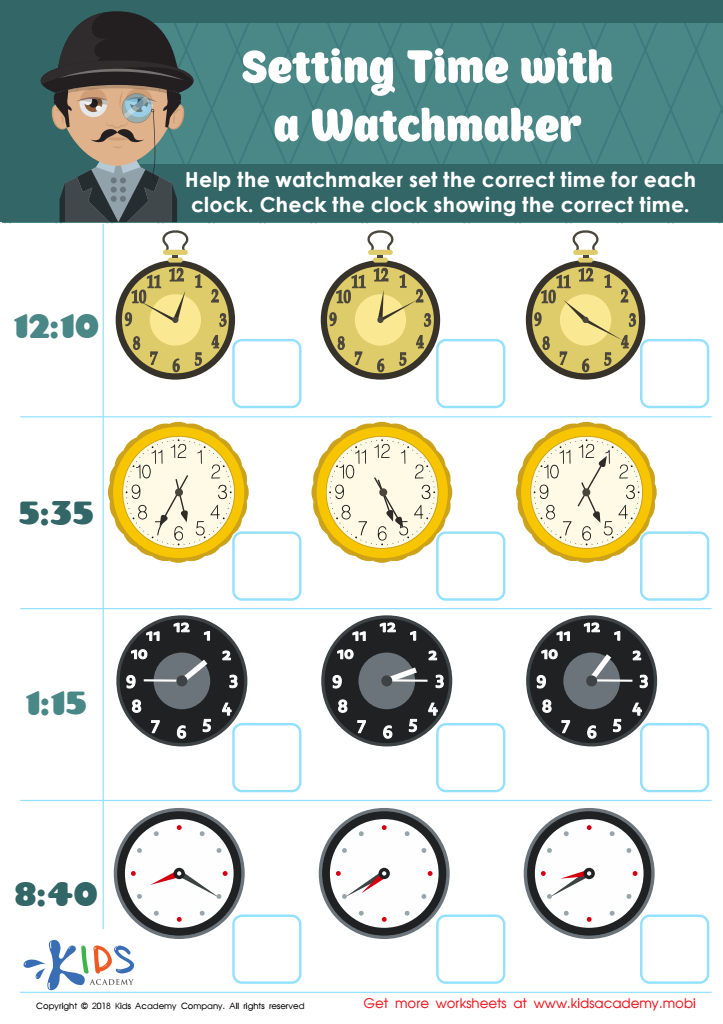

Setting Time with Watchmaker Worksheet


Telling Time by the Half Hour Worksheet
Teaching children ages 3-7 to read analog clocks is crucial as it lays a solid foundation for their understanding of time, an essential life skill. Analog clocks require skills beyond merely recognizing numbers; they help children develop problem-solving abilities and critical thinking. Unlike digital clocks, where the time is plainly displayed, reading an analog clock involves understanding the positions of the hour and minute hands, which helps improve their spatial reasoning.
Moreover, learning to read an analog clock supports math skills such as counting by fives and understanding fractions. Each number on the clock represents a five-minute increment, providing a natural and practical way to count and perceive time. Children also learn the concept of fractions as they recognize that the clock is divided into quarters and halves.
Reading analog clocks also introduces children to the importance of routines and schedules. It helps them manage time effectively, understand the concept of past and future, and fosters discipline. Parents and teachers should care about this skill because it enhances children's cognitive development and prepares them for more complex time-related tasks in the future, such as following schedules and meeting deadlines. Ultimately, it promotes independence and confidence in their abilities to navigate the world.
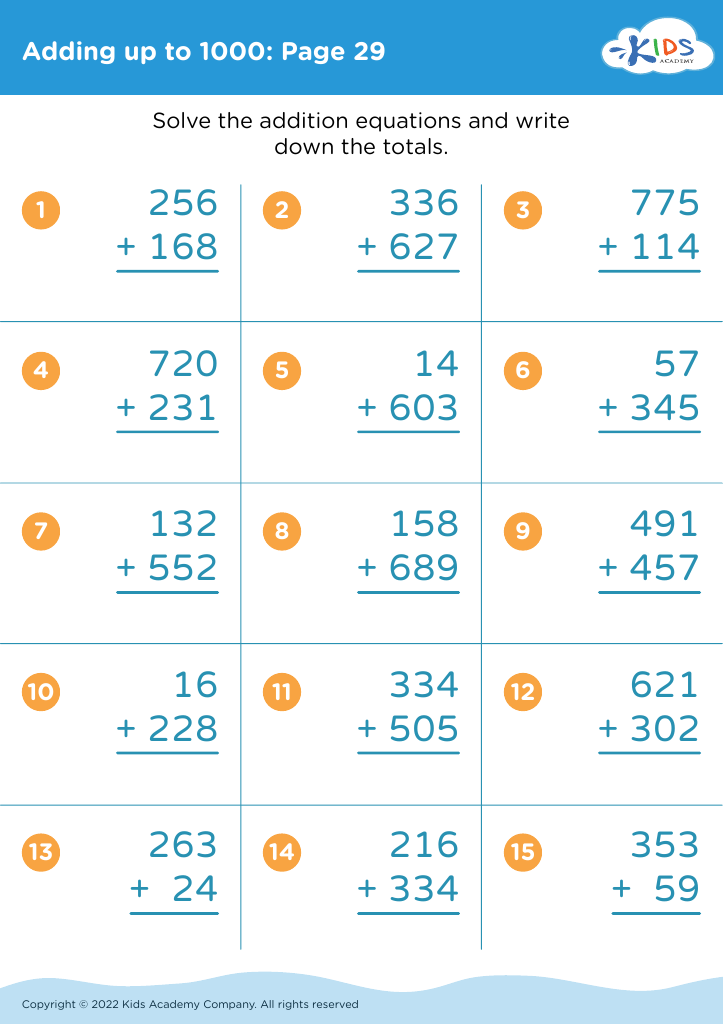

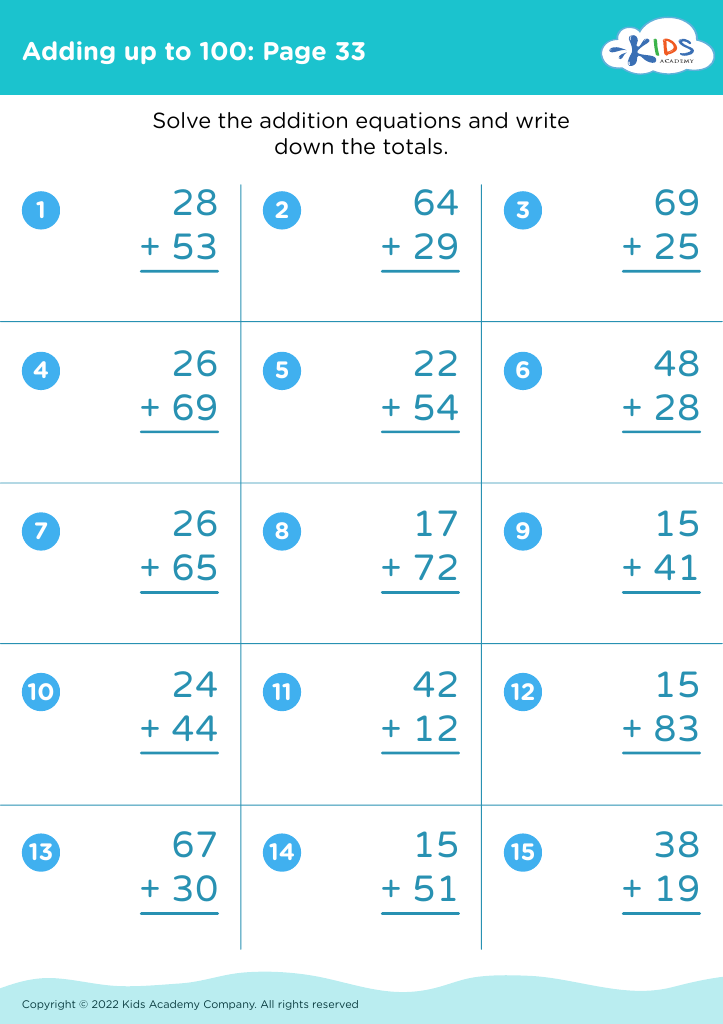
 Assign to My Students
Assign to My Students
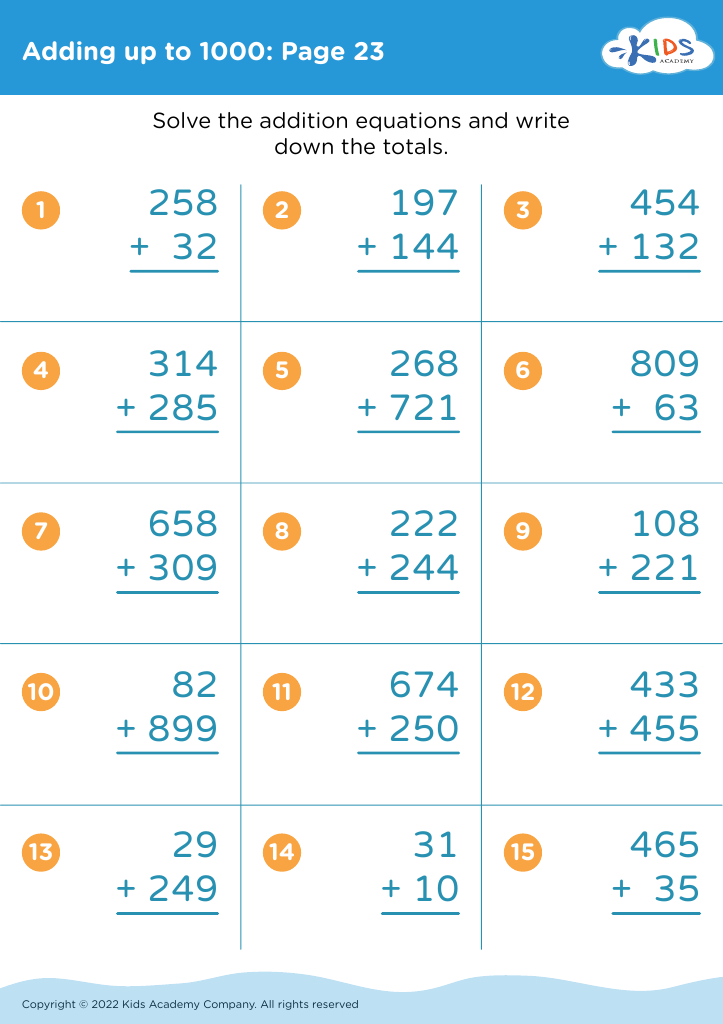

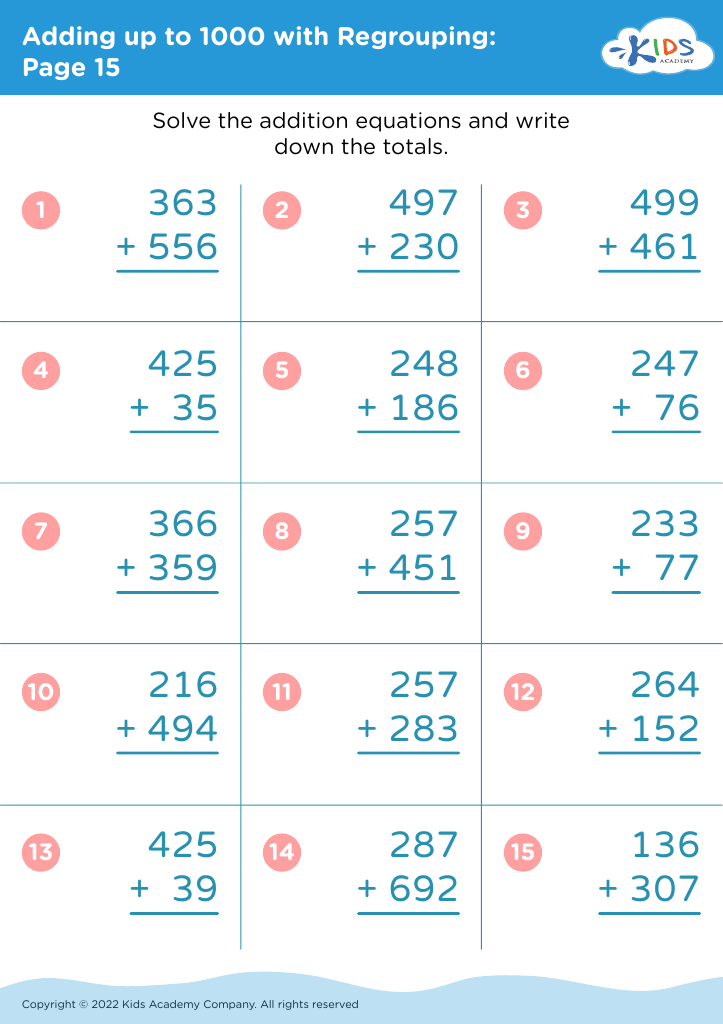




.jpg)


